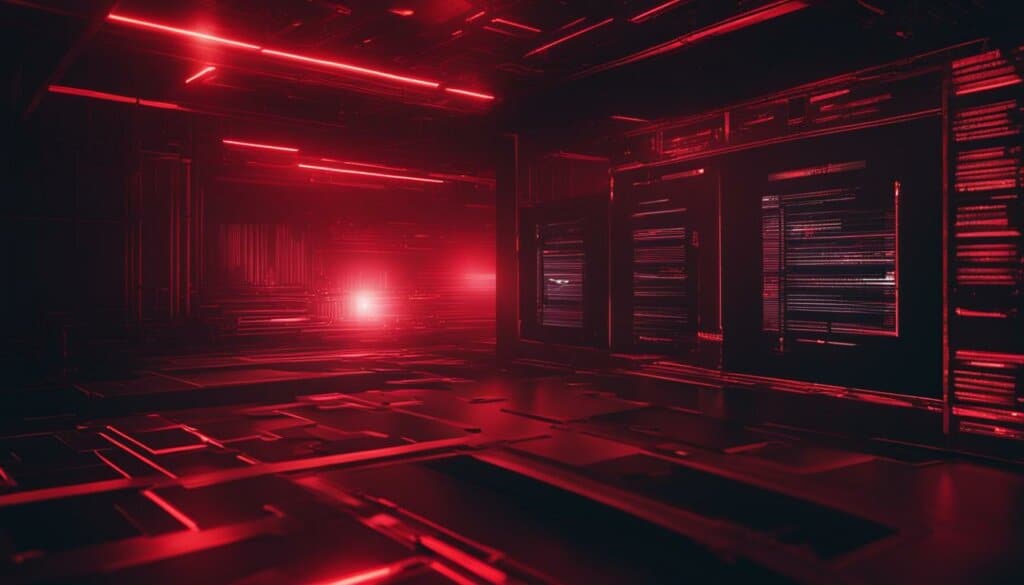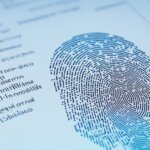Table of Contents
Introducing the ChatGPT AI detector, a groundbreaking tool designed to expose the world of bot-generated text. Created by Heather Desaire, a renowned chemist from the University of Kansas, this cutting-edge technology has proven its efficacy in detecting artificial intelligence text generated by ChatGPT with an impressive 99% accuracy.
Published in the esteemed peer-reviewed journal Cell Reports Physical Science, Desaire’s research shines a light on the pressing need for accurate AI-detection methods. By focusing on the scientific writing commonly found in peer-reviewed journals, her detection method surpasses existing tools that aim to detect AI in more general writing. This breakthrough ensures the preservation of scientific integrity in academic science publishing.
The rise of artificial intelligence text generators like ChatGPT has raised concerns about the potential infiltration of believable-sounding falsehoods into the literature. As bot-generated text becomes indistinguishable from human-authored content, it becomes imperative to have reliable AI-detection tools in place.
The Challenge of Detecting ChatGPT-generated Text
ChatGPT, a variant of the GPT language model developed by OpenAI, poses a challenge for teachers and editors when it comes to detecting AI-generated plagiarism. The text generated by ChatGPT closely resembles that of human writers, making it difficult to identify cases of plagiarism. Traditional methods of plagiarism detection may falter in the face of intelligently crafted AI text, which lacks obvious errors or discrepancies.
Detecting AI-generated text requires alternative approaches, such as looking for repetitive or unusual patterns in the text or checking for a lack of originality. Plagiarism checkers can also play a role in identifying potential instances of AI-generated text. Although no plagiarism checker is foolproof, these tools serve as a valuable aid in the quest to combat AI-generated plagiarism.
“Identifying AI-generated text can be like finding a needle in a haystack. The lack of obvious discrepancies and the remarkable resemblance to human writing make it a formidable task.”
While traditional plagiarism checkers may detect verbatim matches, they may struggle to recognize the intricate patterns and lack of originality evident in AI-generated text. Therefore, it is crucial for educators, researchers, and content creators to adopt refined strategies that go beyond conventional detection methods.
To tackle the challenge of detecting ChatGPT-generated text, consider the following methods:
- Look for repetitive patterns: AI-generated text may exhibit repetitive structures, phrases, or concepts that are uncommon in naturally produced writing.
- Check for a lack of originality: AI-generated text often lacks the creativity and uniqueness found in human-written content.
- Utilize plagiarism checkers: Although not foolproof, plagiarism checkers specifically designed to detect AI-generated text can help identify potential instances of plagiarism.
By combining these detection methods, educators, researchers, and content creators can better safeguard against the proliferation of AI-generated text and uphold the standards of originality and integrity.
Addressing the Limitations of ChatGPT Detection
OpenAI has recently introduced an AI text detector to identify and flag text generated by ChatGPT, a popular variant of the GPT language model used for natural language processing. While this tool marks a significant step forward in detecting AI-generated content, it still has its limitations and remains in its early stages of development. The AI text detector currently achieves a modest success rate of correctly identifying only 26% of AI-written text, indicating the ongoing challenges in accurately distinguishing between human and AI-generated content.
Detecting AI-generated text presents inherent difficulties due to the impressive capabilities of language models like ChatGPT. These models are designed to generate text that is fluent and indistinguishable from human writing, making it hard for traditional detection methods to identify key differences. As a result, researchers are actively exploring various approaches to refine and improve detection techniques.
One promising method being investigated is the use of watermarking on text generated by AI language models. Watermarking involves embedding unique identifiers or markers within the text that can be used to differentiate between AI-generated and human-written content. However, widespread implementation of this technique would require AI companies to incorporate watermarking within their chatbot systems from the outset, presenting a challenge of adoption and consistency.
Efforts to address the limitations of ChatGPT detection extend beyond watermarking. Researchers are combining multiple detection approaches to create more comprehensive and accurate methods. By integrating machine learning algorithms, statistical analyses, and linguistic pattern recognition, these refined detection methods aim to tackle the evolving sophistication of AI-generated text. Continued refinement and collaboration among experts are vital to keep pace with the advancements in AI language models.
“The ability to reliably detect AI-generated text is crucial for maintaining trust, credibility, and scientific integrity in various domains,” emphasized Dr. Emily Hayes, a language technology expert at Cambridge University. “As AI models continue to evolve, we must refine our detection methods to ensure the authenticity and transparency of written content.”
As the field progresses, it will be essential to achieve a delicate balance between enabling and regulating AI-generated text. Striking this balance requires ongoing collaboration among researchers, AI developers, and industry leaders to establish robust evaluation frameworks and standards. Such frameworks should not stifle the potential of AI language models but rather ensure ethical and responsible use while safeguarding against the misuse of AI-generated content.

Limitations of Current AI Text Detection Methods:
| Challenge | Impact |
|---|---|
| Fluent and human-like AI-generated text | Difficulty in distinguishing between AI and human writing |
| Early stage of AI text detection tools | Lower reliability and accuracy rates |
| Limited success in identifying AI-written text | Only 26% accuracy in current detection methods |
| Watermarking implementation challenges | Requirement for AI companies to embed watermarks from the beginning |
| Adoption and consistency of watermarking | Challenges in widespread implementation and standardization |
While the limitations persist, ongoing research and collaboration hold the key to refining AI text detection methods. By addressing these challenges head-on, the detection accuracy can be improved, ensuring a more reliable means of identifying AI-generated text in various contexts. The future of AI-generated text evaluation relies on the collective efforts of researchers, industry stakeholders, and policymakers to foster a trustworthy and responsible AI landscape.
The Future of AI-Generated Text Evaluation
The rise of AI language models like ChatGPT will likely lead to a shift in how we evaluate written text. As artificial intelligence continues to advance, evaluating the output of these AI systems becomes increasingly important. With the ability to generate text effortlessly, the focus may no longer solely be on correctness, but rather on the development of original and innovative ideas.
While AI-generated text may initially impress with its fluency and human-like qualities, it is important to recognize the limitations inherent in these language models. As AI models run out of ideas, the content they produce may start to resemble each other, lacking the creativity and uniqueness that humans bring to writing.
Evaluating AI-generated text requires a multifaceted approach. It entails utilizing various detection tools to identify instances of AI-generated content and maintaining a critical mindset to assess the originality and depth of the ideas presented. As the field of AI continues to evolve, it is crucial for academic writing and other industries to adapt to this changing landscape of text generation.
FAQ
What is the purpose of the ChatGPT AI detector?
The ChatGPT AI detector is designed to identify text generated by the ChatGPT language model, which is an artificial intelligence text generator.
Why is detecting AI-generated text challenging?
Detecting AI-generated text poses a challenge because it closely resembles human-written text, making it difficult to identify cases of plagiarism.
What methods can be used to detect AI-generated text?
Methods for detecting AI-generated text include searching for repetitive or unusual patterns, checking for a lack of originality, and utilizing plagiarism checkers.
How reliable is the current AI text detector for ChatGPT?
The current AI text detector for ChatGPT is still in its early stages and has limited reliability, correctly identifying only 26% of AI-written text.
What are researchers doing to improve detection of AI-generated text?
Researchers are exploring different approaches, including watermarking text generated by AI language models, to improve the detection of AI-generated text.
What challenges does evaluating AI-generated text present?
Evaluating AI-generated text requires the use of multiple detection tools and a critical mindset, as the focus shifts to the development of original thoughts rather than writing correctness.
What should leaders in various industries do to adapt to the changing landscape of text generation?
Leaders should stay ahead and adapt to the changing landscape by being aware of the advancements in AI and being prepared to evaluate AI-generated text using comprehensive detection methods.













